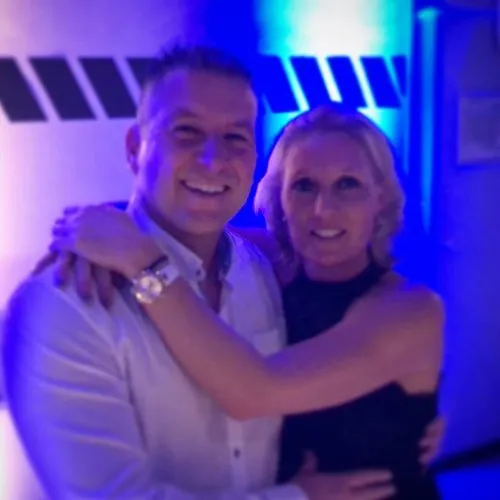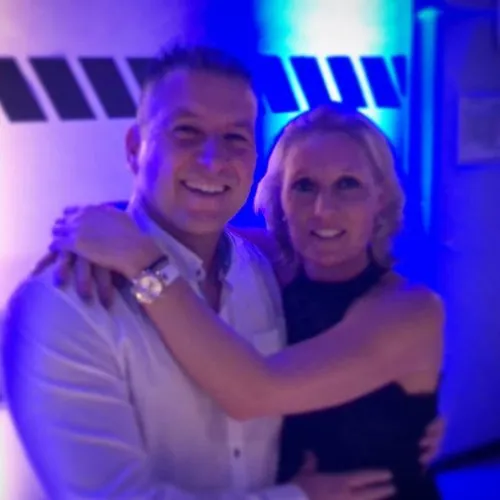
A movie is only as good as it's villain, and recently that's been the problem with blockbuster films. The plot and antagonist may be great, but when it comes to the main antagonist, something feels missing. From what I've seen, there are three types of entertainment villains. The one who is inherently evil, the one with the tragic backstory and the one in the grey area. So what does it take to make a great villain, and where is Hollywood making its mistakes?

In the past, the protagonist and antagonist were always painted black and white. The victim was tied to a train track by the laughing villain, and the hero had to hurry and rescue the poor damsel. And while I'm not saying that's necessarily bad, it makes sense why recently the term villain has shifted. Some of these older villains were great, like Maleficent (and I'm not talking about the remake). They were evil just because they were. There are also the villains that we love to hate, like Joffrey. Sometimes a villain that's just bad isn't such a bad thing.

The popular thing now is to have the villain have a tragic backstory that causes the audience to empathize with them. Yet, there always seems something off about this. Star Trek's Nero lost his family in a star explosion, yet that doesn't justify his actions. Does this make Once Upon A Time's Rumpelstiltskin a good character? Disney's Maleficent tried to do this by trying to make us feel for a character who in 1959 declared herself as "the mistress of all evil." It doesn't work. We loved Darth Vader before we knew why he turned to the dark side. Trying to create depth in a villain by just having a tragic backstory is a quick and lazy way to add empathy.

Then there are the grey area villains that blur the line between good and evil. This is why Walter White is such a great character to watch, and he's technically the protagonist. The Legend of Korra's Amon preached for equality, but was wrong in his intentions.

When creating a villain that has depth, don't add a reason to feel for him or her. A person who is inherently bad is better than someone we have to be forced to feel for. Villains who fall in a grey area between right and wrong are much more interesting. And sometimes it's okay for the villain to just be evil.
Follow @melania